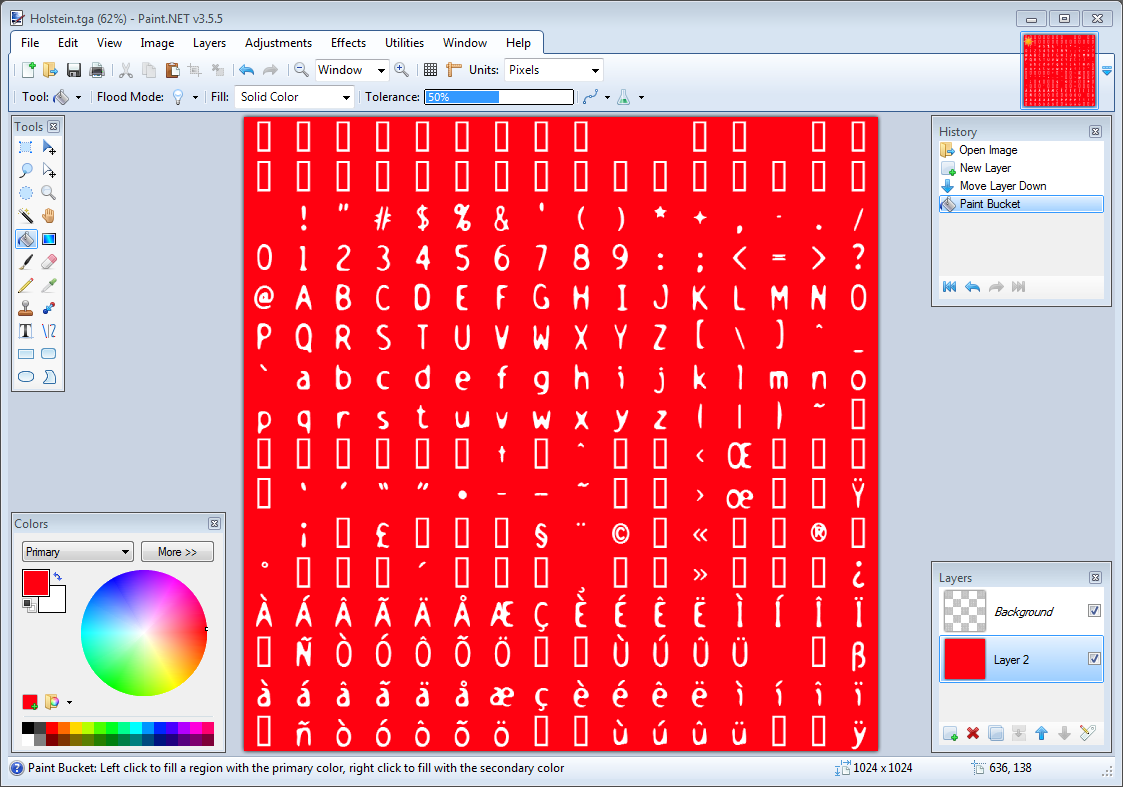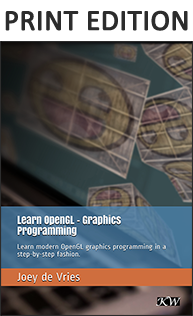
Opengl 2.0 tutorial update#
Games might want to use an animator to have a regular update of the scene.Īny other event can be used to refresh the view, for example user input if the view needs to be updated.Ĭreating and the coloring the cube can be separated into two distinct tasks: define the vertices and then add the colors to the faces.ĭeclare an array that stores the vertices of the cube in order to make it look like the drawing above. The application above is technically working but the scene does not get updated unless the object is marked as such. The delete callback is triggered when the GLView is being destroyed, from the main loop, and no other callback can be called on the same object afterwards. All draw operations are restricted to the surface of the GLView object previously created. The application can now draw anything using GL primitives when this callback is triggered. So on demand policy is probably what you are looking for.

The exact moment when this function is called depends on the policy set when calling.Įlm_glview_render_policy_set(glview, ELM_GLVIEW_RENDER_POLICY_ON_DEMAND) Īnother policy is ELM_GLVIEW_POLICY_ALWAYS, which requests render always even when it is not visible. The drawing callback is called whenever a new frame has to be drawn. A common action to take here is to reset the viewport. The resize callback is called whenever the GLView component is resized. This is called from the main loop, just as the 3 other callbacks. The initialization callback is called when the GLView is first created, after a valid OpenGL ES context and surface have been created. elm_glview_mode_set(Evas_Object *obj, Elm_GLView_Mode mode) supports alpha, depth, stencil, MSAA, and client_side_rotation.Įlm_glview_mode_set(ad->glview, ELM_GLVIEW_DEPTH) Įlm_glview_init_func_set(ad->glview, init_gl) Įlm_glview_resize_func_set(ad->glview, resize_gl) Įlm_glview_render_func_set(ad->glview, draw_gl) Įlm_glview_del_func_set(ad->glview, del_gl) Īni = ecore_animator_add(animate_cb, ad->glview) The next thing to do is to set the GLView mode. Glapi->glClear(GL_COLOR_BUFFER_BIT | GL_DEPTH_BUFFER_BIT) Second, you can get the Evas_GL instance from elm_glview_gl_api_get function, then you can call the OpenGL ES functions with the instance.Įvas_GL_API *glapi = elm_glview_gl_api_get(ad->glview) GlClear(GL_COLOR_BUFFER_BIT | GL_DEPTH_BUFFER_BIT) Static void create_gl_canvas(appdata_s *ad)ĮLEMENTARY_GLVIEW_GLOBAL_USE(ad->glview) Before calling gl functions, write ELEMENTARY_GLVIEW_GLOBAL_USE(). You have to include Elementary_GL_Helpers.h and define a global variable by using ELEMENTARY_GLVIEW_GLOBAL_DEFINE(). First is to use Elementary GL Helper functions.There are 2 different methods to call GL functions. To develop a GL application, you have to call elm_config_accel_preference_set() before creating a window which makes an application to use GPU.Īd->glview = elm_glview_add(ad->main_box)

When developing an application with Elementary, you can create a window by using the Elementary utility function as below:Įlm_config_accel_preference_set("opengl") Īd->win = elm_win_util_standard_add("GLView Example", "GLView Example") Evas_Object *inner_box: Box object for toolbox.Evas_Object *main_box: Box object which contains glview and inner_box.Evas_Object *conform: Conformant object for indicator.Building the Environmentĭefine the application data structure that holds all the objects pertinent for the GLView application: This provides a basic UI application skeleton which already makes available the window object that contains the GLView canvas. Several concepts are explained, such as the cube geometry, the initialization phase of the model, the adjustment of this very model frame by frame, and the way to design the OpenGL ES rendering loop.įirst create a basic application as explained in the Basic application tutorial. This tutorial demonstrates how you can create a multicolored 3D rotating cube using OpenGL ES 2.0 API provided by GLView library. Use client-side rotation when the application is using Direct Rendering.
Opengl 2.0 tutorial code#
View the entire source code of the cube example.Ĭheck whether an extension is available, and call it.Ĭheck whether an Evas extension is available, and use it.Įnhance performance through the Direct Rendering option.


Warm-upīecome familiar with the OpenGL ES API basics by learning about:Ĭreate a basic application with a multicolored 3D rotating cube using OpenGL ES 2.0 API provided by the GLView library.Ĭreate UI components that interact with the rendering. This tutorial demonstrates how you can handle OpenGL ES graphics with the GLView component and EvasGL.


 0 kommentar(er)
0 kommentar(er)
